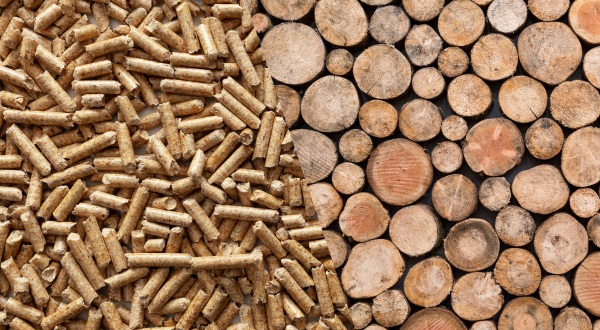
Can the installation of a wood stove be used for a pellet stove?
− The diameters used for chimney pipes in wood-burning appliance installations are usually ø150 to ø300 mm, while in pellet installations, they are mostly ø80 mm. On some occasions they can be ø100 mm, but not larger in diameter.
− Firewood is an untreated, totally natural biofuel, while pellets are a treated biofuel.
− A pellet stove is programmable so that it turns on at the time we want and stops at the temperature we want, while wood-burning appliances must be turned on manually and do not allow the working temperature to be programmed.
− The chimney of wood-burning appliances has a natural draft, which means that the smoke rises through the chimney due to the difference in temperatures, while in pellet stoves the draft is forced, fans help to drive the smoke through the pipes; this requires the use of sealing gaskets in this type of installations. This difference is due to the temperature reached by the smoke: in wood-burning installations this is much higher than in pellet installations, in which case it is less than 200ºC.
− Finally, let us tell you that pellet appliances usually have a higher performance than wood stoves and, although in recent years wood stoves have also improved a lot in this aspect, they have lower performances than pellet stoves.

#case studies
#chimney
#chimneys
#double wall chimney
#dust collection ductwork
#flue pipes
#food industry
#industrial modular ducting
#news
#pellet stove pipes
#recycling industry
#ROS Chimneys
#ROS Ducting
#ROS Group
#social responsability
#stove chimney
#tightness
#trade shows
#wood burning stove chimney




